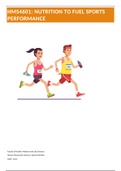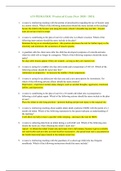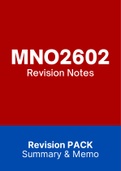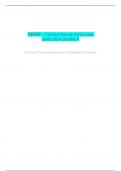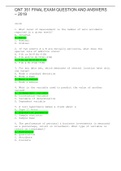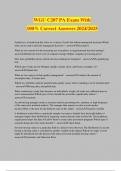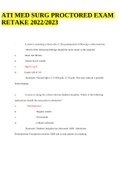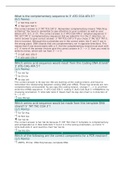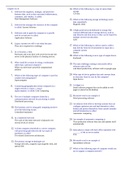College aantekeningen
HMS4601 Nutrition To Fuel Sports Performance
This document contains all information obtained from the lectures. It is written in a clear structure and contains all relevant information. Furthermore, the document elaborates on the article on fluid homeostasis from Jeukendrup which is also important for the exam.
[Meer zien]
